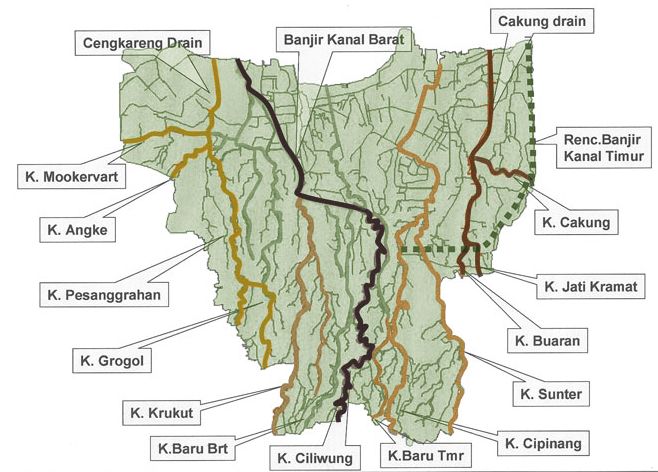
Cities are getting hotter, bigger, and more densely populated; it may be difficult for policy makers, and families, to keep pace with the environmental consequences of climate change, especially in urban areas that will house more than 70% of the world’s population by 2050. Like anything gradual, today doesn’t quite yet feel like tomorrow. Because the bicameral human brain works by comparison, a new app, using a method of climate-analog mapping, by Fitzlab shows what your city will feel like in the future:
Boston, Massachusetts = Rosedale, Maryland (Boston will be 7 degrees (F) warmer and 17% wetter;
Houston, Texas – Ciudad Mante, Mexico (Houston will be 4 degrees (F) warmer and 27% wetter.

In general, most cities in North America will feel like areas 500 miles to their south. Globally, results of climate change on cities and surrounding regions will force more migrations, and cause a $54 trillion economic loss. Weather will wreak havoc; in 2017, 16 severe weather events in the USA caused $306 billion in damage.
Rebuilding cities for resiliency in climate change will affect every country on earth, and perhaps seeing new capitals, and even new countries. Cities and capitals throughout history have been founded to inaugurate new visions: Abuja, new capital of Nigeria; Brasilia, new capital of Brazil; and Washington, D.C., founding capital of the USA. In the era of climate change, Indonesia may be considering moving the capital from Jakarta: like Abuja and Brasilia, the new capital will be more and less: more representative of the total population and less subject to rising seas. Rising seas may cause whole countries to move; Pacific Island nations are among those considering options. Every 1.5 degrees of Centigrade warming might cause 0.26 meters (0.85 feet) of sea rise. Every tenth of a degree exposes 10 million more people to possible migration due to flooding. Cities in most danger: Guangzhou, China; New Orleans, USA; New York City, USA; Mumbai, India; Osaka, Japan. Check your city on Resource Watch’s site.
Bendix, A. “We asked 11 climate scientists where they’d live in the US to avoid future natural disasters – here’s what they said.” 9 October, 2018. Business Insider. https://www.businessinsider.com/where-to-live-to-avoid-natural-disaster-climatologists-2018-8.
Brooke, K. “Jakarta – first capital to move due to sea rise.” 1 May, 2019. Building the World Blog. https://blogs.umb.edu/buildingtheworld/2019/05/01/jakarta-first-capital-to-move-due-to-sea-rise/
Fitzpatrick, M.C. and Dunn, R.R. “Contemporary climate analogs for 540 North American urban areas in the late 21st century.” 12 February 2019. Nature Communications 10, Article number 614. https://www.nature.com/articles/s41467-019-08540-3/.
Fitzlab. “What will climate feel like in 60 years? Check your city.” https://fitzlab.shinyapps.io/cityapp/
Litwin, E. “The Climate Diaspora: Indo-Pacific Emigration from Small Island Developing States.” 2011. University of Massachusetts Boston. https://papers.ssm.com/sol3/papers.cfm?abstract_id=1912859
Resource Watch. “Explore Data Sets.” https://resourcewatch.org/data/explore.
Woodward, A. “A troubling new map shows what your city’s climate may look like in 60 years. San Francisco may feel like Los Angeles, and New York may be more like Arkansas.” 15 February 2019. Business Insider. https://amp.businessinsider.com/climate-change-map-what-cities-will-feel-like-60-years-2019-2.
World Bank. “Cities and Climate Change: An Urgent Agenda.” December 2010, Volume 10. https://siteresources.worldbank.org/INTUWM/Resources/340232-1205330656272/CitiesandClimateChange.pdf.
Building the World Blog by Kathleen Lusk Brooke and Zoe G Quinn is licensed under a Creative Commons Attribution-NonCommercial-NoDerivs 3.0 Unported Lice








